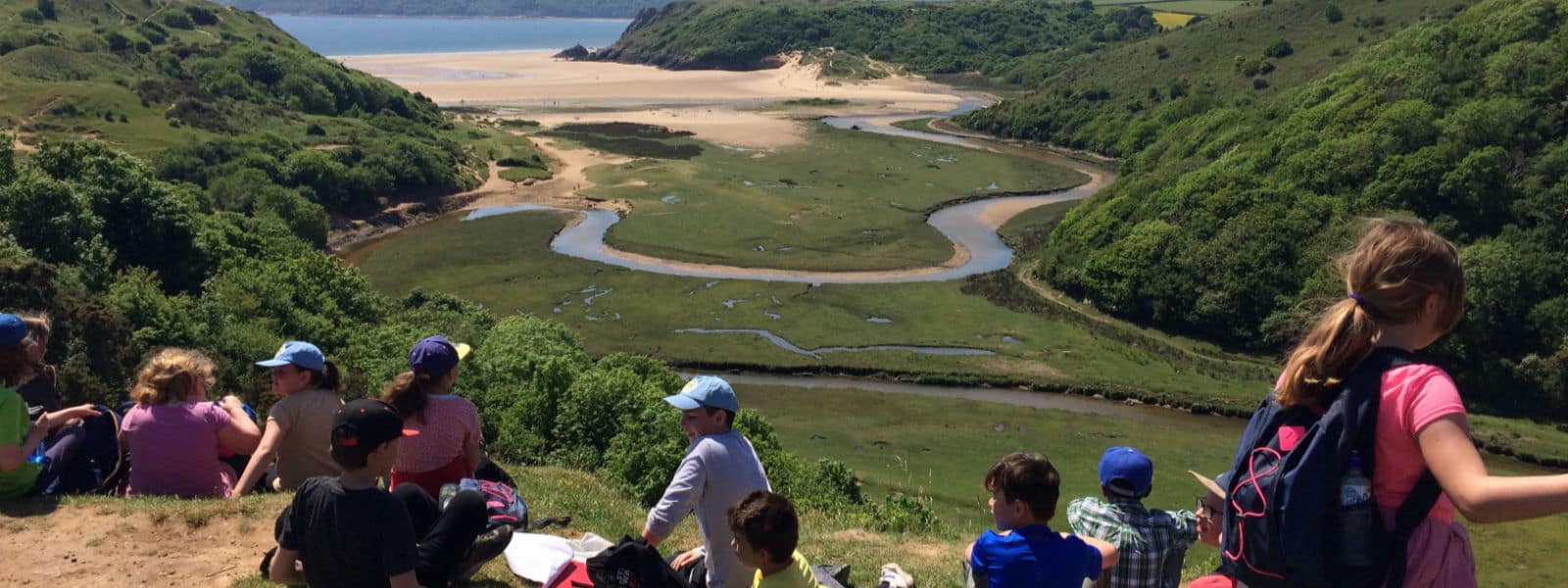About the Gower
‘Gower is a land set apart from the rest of South Wales. It is a peninsula heading out into the Bristol Channel owing allegiance to neither east nor west Wales. And yet it is a region of contrasts, boasting much of the topographical diversity of Wales in miniature’. Diane Williams, Gower.
Gower is a unique location separated from the rest of Wales by the sprawling city of Swansea but contrasting in its open commons and spectacular beaches. Nowhere else can such a variety of habitats be accessed just five miles from the motorway. Gower’s diverse array of environments were recognised when it was designated the first Area of Outstanding National Beauty (AONB) in 1956. Since then Gower has remained unspoilt and provides the focus of visitors and educators alike.
Being an enclosed peninsula surrounded by the Bristol Channel and Atlantic Ocean Gower has become a haven for some of the richest wildlife in the UK. Within the 32 miles of coastline lies no less that twenty-five beaches ranging from dramatic craggy limestone cliffs to vast swathes of golden sand. These all provide varied habitats for marine animals within rock-pools, mudflats and nesting sites for seafaring birds. Further inland lies more managed habitats such as the commons, which are vital in supporting rare butterflies such as the Marsh Fritillary. A number of woodlands have public access and provide a great resource for natural history studies as well as more challenging activities.







